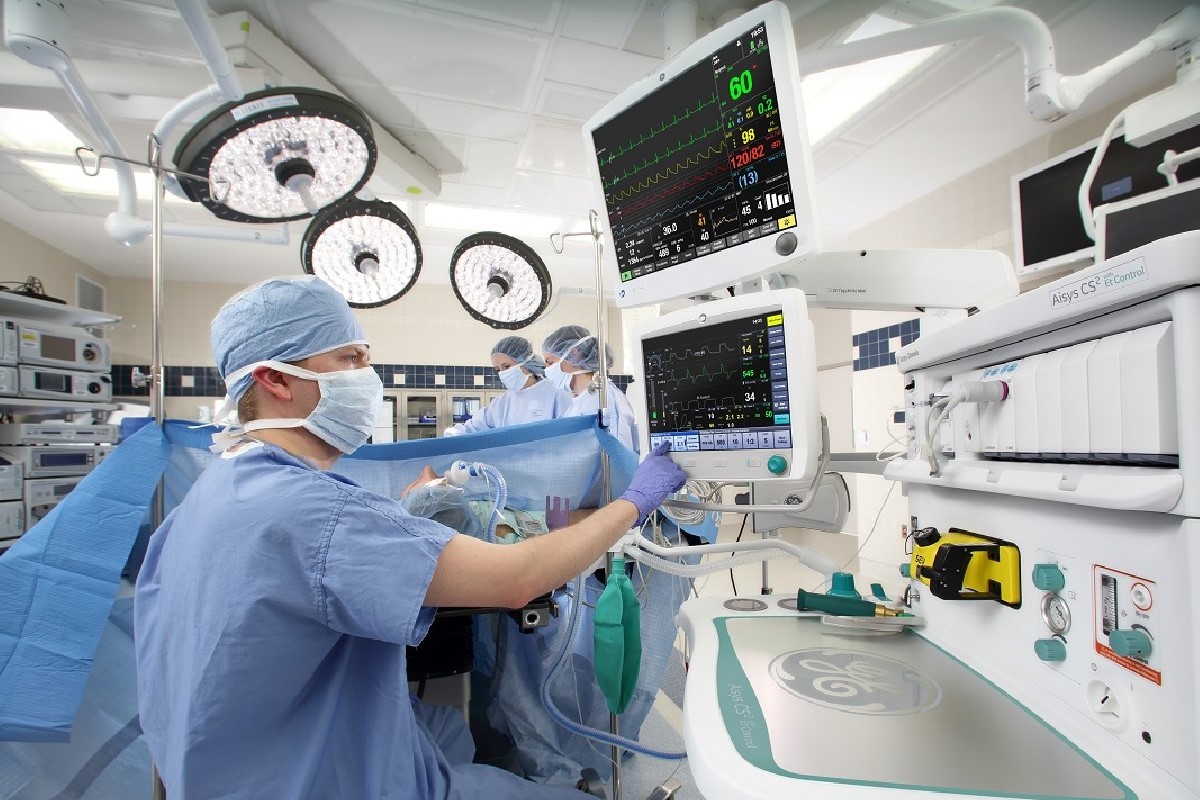
What is Patient Pressure Management? An overview
Proper pressure management during surgery plays an important role in the safety and comfort of the patient
About one-fourth of Healthcare-Associated Infection pressure sores originate in the Operating Room (OR).1
Pressure management is especially important when treating elderly patients or patients with chronic illness, impaired sensation or mobility
Not adequately providing proper pressure management during a surgical procedure can increase the risk of pressure injuries such as tissue damage, pressure ulcers and impaired blood flow.
Common areas where improper pressure management may cause a greater risk of patient injury include skin and bony prominences over the elbow, sacrum, scapulae, coccyx and heels.2
Key factors in ensuring proper patient pressure management in the OR may include proper patient positioning and the use of surgical table accessories such as tabletop pads and pad positioners.
RISKS OF POOR PATIENT PRESSURE MANAGEMENT
Many variables may go into solutions for patient pressure management during surgery.
These include but are not limited to risk assessments such as Braden Risk, length of procedure, position requirements, diabetes, cancer, obesity, hypotension, and anaerobic metabolism/sepsis.
Some common risks associated with poor pressure management are:
Pressure ulcers – Pressure ulcers, localized injuries to skin or underlying tissue, may arise on the patient when pressure is concentrated on one point.
Oftentimes, pressure ulcers may occur due to pressure or pressure combined with shear and/or friction.2
Predisposing factors are classified as intrinsic (examples: limited mobility, poor nutrition, and aging skin) or extrinsic (examples: pressure, friction, shear, moisture).3
Surgeries longer than four hours on a standard OR table have been shown to increase the risk of pressure ulcer formation leading to the routine use of gel pads in areas of risk during prolonged surgery.4
Tissue damage – Tissue damage may result as a cause of poor patient positioning or pressure management during surgery.
HOW TO SAFELY MANAGE PATIENT PRESSURE DURING SURGERY
Managing the risk of a patient developing pressure ulcers during or following a procedure involves assessing the patient’s risk level and ensuring proper patient positioning before, during, and after the procedure.
A pressure ulcer risk assessment facilitates clinical decision-making and selective targeting of preventive interventions and helps to identify patients who are more likely to develop pressure ulcers as well as components of risk.5
One tool used in the assessment of risk for pressure ulcers is the Braden Scale
The Braden Scale for Predicting Pressure Sore Risk helps with early identification of patients who may be at risk for forming pressure injuries.
The scale includes six sub-scales measuring sensory perception, skin moisture, activity, mobility, friction and shear, and nutritional status.6
Total score ranges from six to 23, and a lower Braden score indicates a higher level of risk for pressure ulcer development.5
Proper patient positioning helps to maintain the patient’s airway, perfusion, and to prevent nerve damage and musculoskeletal injuries.
It also plays an important role in maintaining neutral, natural patient alignment while providing access and exposure to the surgical site.
Surgical table accessories should be used to facilitate proper patient posturing on the operating table.
The proper use of surgical table accessories such as a tabletop pad or arm support can limit the risk of pressure injuries by ensuring that pressure is not concentrated on one point of the body.
SURGICAL TABLE ACCESSORIES FOR PRESSURE MANAGEMENT
Tabletop Pads
Tabletop pads provide support and assist with posturing, but more importantly, help protect your patients from injury.
Many tabletop pads for surgical tables offer features that help provide protection against tissue damage from pressure, friction and shear.
Pad Positioners
Pad positioners are used in supplement with tabletop pads for promotion of proper patient positioning on the surgical table and help provide stability and pressure management.
Arm Supports
Arm supports provide proper posturing for the patient’s arm(s) appropriate for the patient and procedure.
Leg Supports
Leg supports provide proper posturing of the lower extremities during a surgical procedure.
References
1 Lewicki, Mion, et al, 1997
2 Guideline for positioning the patient. (2017). AORN Journal, 105 (4), P8-P10. doi:10.1016/s0001-2092(17)30237-5
3 Am Fam Physician. 2008 Nov 15;78(10):1186-1194.
4 Walton-Geer PS. Prevention of pressure ulcers in the surgical patient. AORN J 2009;89:538–548; quiz 549–51
5 https://www.ahrq.gov/sites/default/files/wysiwyg/professionals/systems/hospital/pressure_ulcer_prevention/webinars/webinar5_pu_riskassesst-tools.pdf
6 https://www.ncbi.nlm.nih.gov/pubmed/3299278
Read Also:
Emergency Live Even More…Live: Download The New Free App Of Your Newspaper For IOS And Android
Preoperative Phase: What You Should Know Before Surgery
What Dupuytren’s Disease Is And When Surgery Is Needed
Bladder Cancer: Symptoms And Risk Factors
Fetal Surgery, Surgery On Laryngeal Atresia At Gaslini: The Second In The World
Surgery Of Myocardial Infarction Complications And Patient Follow-Up
Craniosynostosis Surgery: Overview
Pap Test, Or Pap Smear: What It Is And When To Do It
Drugs Used In Obstetric Emergencies To Modify Uterine Contractions
The Symptoms, Diagnosis And Treatment Of Bladder Cancer
Total And Operative Hysterectomy: What They Are, What They Involve
Integrated Operating Rooms: What An Integrated Operating Room Is And What Advantages It Offers


